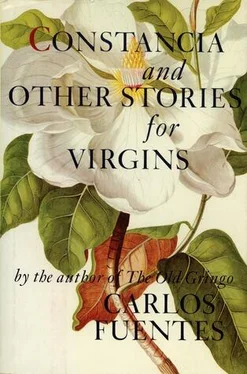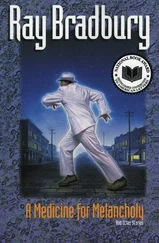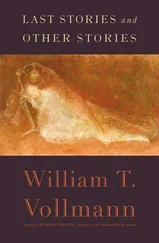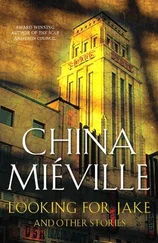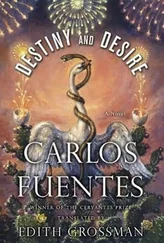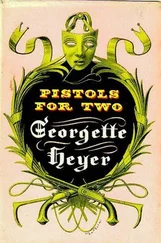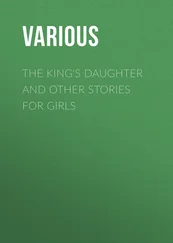— You have reconstructed that bathroom everywhere, Santiago, the tiles, the recurring foliage, the porcelain frogs set in the white bathtub … Everywhere.
— They hold the secret.
— What secret, she implored, tell me, but he didn’t answer directly:
— I chose them among all my disciples.
— You mustn’t like them very much.
— Ask them if they, too, sense that others …
— You keep repeating that. Who?
— If the other beings are always there, or if they just sneak in between the stones and the bricks of all the buildings I’ve built since …
— Or what would be even worse, Santiago, in all the buildings you have imagined.
— So you finally understand what I’m saying.
— I’m glad, Santiago, that I will soon pass that burden on to the twins and let them puzzle it out.
— Someone must inherit the mystery of the dead.
That is what Santiago Ferguson said then, before he died.
Catarina looked at us with veiled eyes and said:
— I think that is Santiago Ferguson’s legacy, twins. Now that you’ve heard it, and possibly understood it, you, like me, will never be free from the professor, as you call him …
We — José María and Carlos María — were going to tell Catarina, our unattainable love, that what she had told us might be a nightmare, but we were grateful for it anyway, if it allowed us to be near her at last, and to love her.
— To love you, Catarina.
— Both of you? She laughed.
We didn’t know to what extent our intimacy and our love, as the father’s disciples, meant the responsibility for his ghosts and his daughter.
The ghosts didn’t worry us. We had heard the professor’s lecture. An artist always creates an asystematic system, which he does not even recognize himself. That is his strength; that is why the work of art always says much more than the explicit intention of the author. The work — house, book, statue— is the ghost.
Love, on the other hand, blinded us again, though we hoped it would provide the final illumination.
But first there appeared, again, death and a journey.
III. LOVES
1
When Professor Santiago Ferguson died that autumn, his daughter Catarina called to tell us that her father had asked to be buried in Wells Cathedral in England. He had also said that he hoped his disciples, both old and young, who had dined at the Lincoln Restaurant, would accompany him to his final home. He didn’t want it to seem an obligation, it was just a friendly invitation, a last sentimental request. We didn’t try to find out how many others were going. We didn’t call anyone: Say, are you going to go to the professor’s funeral? Besides, those days nobody was doing any traveling except on business, on an expense account, or to get some money out of Mexico before it was too late. But our situation was different; we were associates in architectural firms in Europe and the United States, contributors to Architectural Digest, designers of some so-called residences in Los Angeles and Dallas, of the Adami Museum in Arona, on Lake Maggiore, and of various hotels in Poland and Hungary. We were members of the class of Mexican professionals that had been able to create an infrastructure outside our country, so we could afford the luxury of buying our own airline tickets, if we wished. First class, because, as Professor Ferguson used to say:
— I only travel first-class. If I can’t, I prefer to stay comfortably at home.
Well, now he was traveling with Catarina, but in a coffin in the cargo compartment of a British Airways Boeing 747, because we were flying first-class on Air France to Paris, where the Mitterrand government had commissioned us to design an international conference center in a district near the Anet Castle, owned, incidentally, by an old Mexican family: the sequel to an itinerant Mexico, sometimes dispossessed, sometimes in voluntary exile, sometimes engaged in professional and artistic activities that could not be limited entirely to the homeland; and as we flew over the Atlantic, we browsed through a book on English cathedrals and the itinerant world of the Middle Ages and the Renaissance, when religious and intellectual fervor caused people to travel more than they had before, though it took a greater effort and they faced greater difficulties than we do today, which puts us in mind of something the itinerant twelfth-century monk and educator Hugo de Saint-Victor said, that being satisfied with remaining in one’s homeland and feeling comfortable there is the first stage in a man’s development; feeling comfortable in many countries is the next stage; but perfection is attained only when a man feels exiled in any part of the world, no matter where he goes.
By that standard, our beloved teacher Santiago Ferguson had reached only the second stage, and we, his disciples, Carlos María and José María Vélez, brothers, might have shared that weakness; but we both knew well that it wasn’t true, we had both traveled through extraordinary exiles, one of us to the summit of a tragicomic calvary guarded by Señora Heredad Mateos, the other to a place where nobody, not even its inhabitants, could ever feel satisfied. José María had traveled to a land of ritual; Carlos María to the subterranean discontent that fed it.
But we never told each other about our experiences. For each of us, true exile had been to be separated from the other, clearly making José María into a distant I and Carlos María into a remote you. If we were able to understand anything from this story, it was this: nowhere — not Glasgow, Mexico, Virginia, or Vicenza — was building a house enough to fulfill the human, professional, or aesthetic obligations of architecture. Someone had to actually live there. And those inhabitants were going to want what the Mackintoshes demanded of Ferguson, what the residents of the subterranean convent begged of Carlos María, what Doña Heredad Mateos asked of the Virgin and Child. Take care of us. Dedicate yourself totally to us from this time on. Have pity. Don’t abandon us. What are the limits of creation? There is no artist who in his most private heart has not asked that question, afraid that the creative act is not free, not sufficient, but that it is prolonged in the demands of those who inhabit a house, read a book, contemplate a picture, or attend a theatrical performance. How far does the individual privilege of creation extend; where does the obligation of sharing that creation begin? The only work residing purely in the I, dispossessed of its potential we, is a work that was conceived but never realized. The house is there. Even an unpublished book, stored away in a drawer, is there. We Vélez brothers imagined a world of pure projects, pure intentions, whose only existence would be mental. But in that a priori universe, death reigns. That is, more or less, what happened to us when we separated — we lost the us; and now, flying over the Atlantic, we tried to regain it by avoiding all mention of what had happened: Carlos María never talked about what had happened to him when he went through the Neoclassical door, following the dog; José María never mentioned what had occurred at the shack of Doña Heredad Mateos. Only two mute objects remained as witnesses of those separate experiences: the wooden cross on the roof of the watchman Jerónimo Mateos’s shack, which Carlos María had taken with him when he left the convent; and a wedding dress spread out as a temptation, as a remembrance, perhaps as a reproof, on the twin bed of José María in our family home on Avenida Nuevo León, by the Parque España, a house our father had designed in a style that was neat and sleek, or, as one said then, “streamlined” (or, another word: “aerodynamic”): in Mexican homage to Frank Lloyd Wright, circa 1938.
Читать дальше
